Explore the profiles of key figures in art history, whose innovative techniques and influential works have left a lasting impact on the cultural landscape.
Art history is a vast and rich field, encompassing a wide range of styles, movements, and cultural influences. Throughout the centuries, certain artists have stood out for their groundbreaking contributions, leaving a lasting legacy that continues to inspire and influence the world of art today. This article profiles some of the most significant figures in art history, examining their impact and the key works that have defined their careers.
Leonardo da Vinci: The Renaissance Genius
Leonardo da Vinci (1452–1519) is often regarded as one of the greatest artists of all time, known for his contributions to the Renaissance period. His work exemplifies the fusion of art and science, with a profound understanding of anatomy, perspective, and human emotion.
Key Works and Impact

- Mona Lisa: Perhaps the most famous painting in the world, the Mona Lisa is celebrated for its detailed portrayal of the human figure and the enigmatic expression of the subject. The use of sfumato, a technique that creates a soft, blurred transition between colors, adds to the painting’s mystique.
- The Last Supper: This iconic mural captures the dramatic moment of Jesus announcing that one of his disciples would betray him. Da Vinci’s mastery of composition and perspective is evident, creating a dynamic and emotionally charged scene.
Da Vinci’s contributions extend beyond painting; his notebooks are filled with inventions, anatomical studies, and detailed observations of the natural world, showcasing his insatiable curiosity and intellect.
Michelangelo: The Master of Sculpture and Painting
Michelangelo Buonarroti (1475–1564) was a master of both sculpture and painting, with works that have defined the High Renaissance and continue to be revered for their beauty and power.
Key Works and Impact
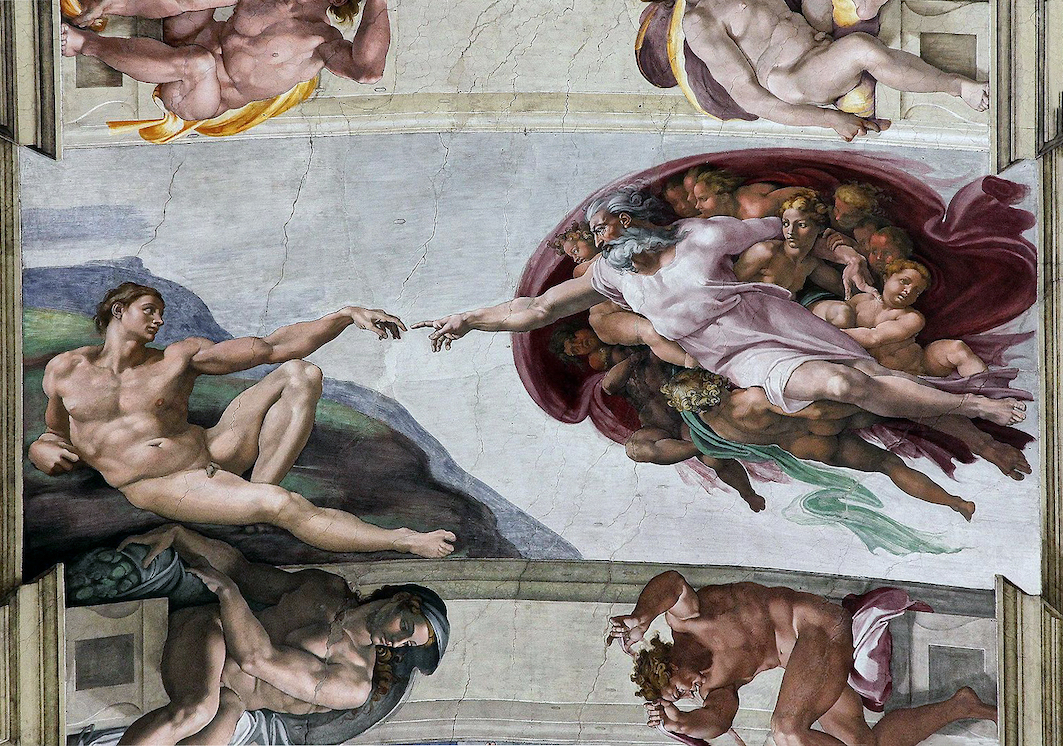
- David: Michelangelo’s David is a masterpiece of Renaissance sculpture, depicting the biblical hero in a moment of calm before his battle with Goliath. The statue’s idealized form and detailed anatomy reflect the artist’s deep understanding of the human body.
- The Sistine Chapel Ceiling: Commissioned by Pope Julius II, the ceiling of the Sistine Chapel is one of Michelangelo’s most ambitious projects. The frescoes depict scenes from the Book of Genesis, including the iconic Creation of Adam, which illustrates the moment God gives life to Adam.
Michelangelo’s work is characterized by its physicality and emotional intensity, capturing the complexity of the human experience in both form and expression.
Rembrandt van Rijn: The Baroque Master
Rembrandt van Rijn (1606–1669) is one of the most important figures in Dutch art history, known for his masterful use of light and shadow, as well as his deep psychological insight into his subjects.
Key Works and Impact
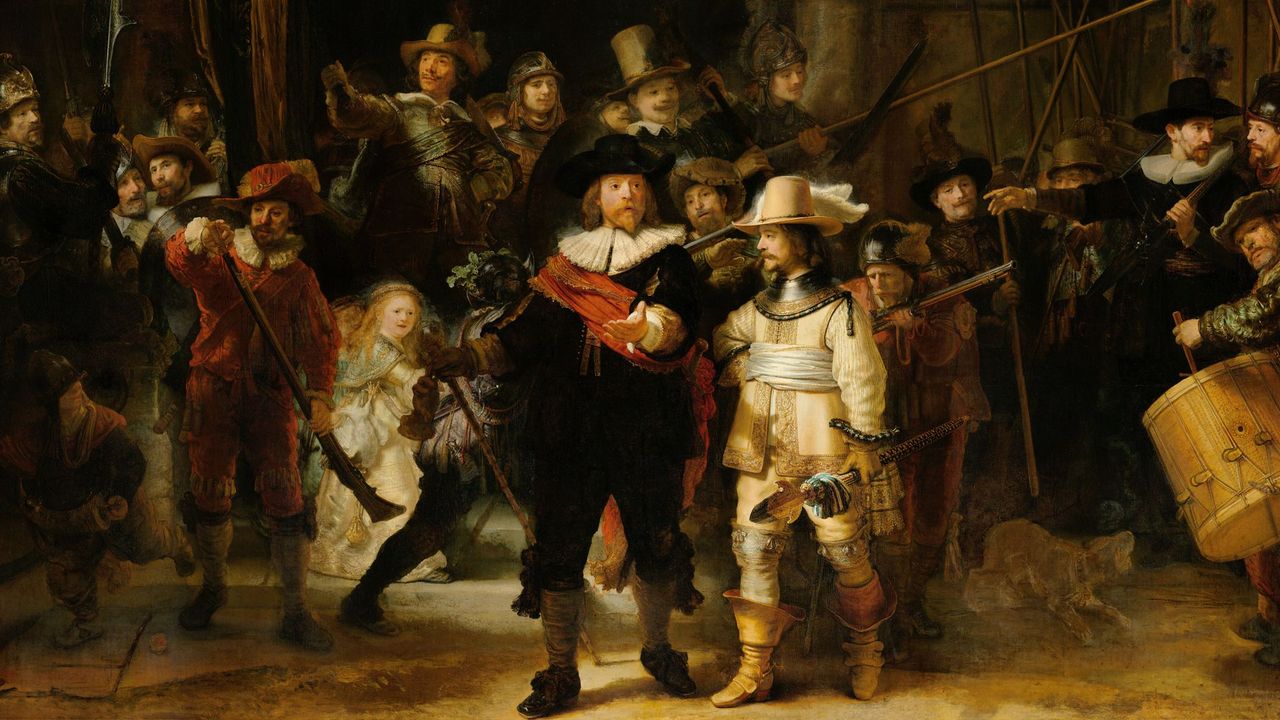
- The Night Watch: One of Rembrandt’s most famous works, The Night Watch is a large-scale painting that portrays a group of Amsterdam militiamen in action. The dynamic composition and dramatic use of chiaroscuro (the contrast between light and dark) make this painting a standout example of Baroque art.
- Self-Portraits: Rembrandt’s numerous self-portraits provide a detailed chronicle of his life, capturing his evolving appearance and emotional state over the decades. These works offer a profound exploration of identity and self-reflection.
Rembrandt’s ability to convey complex human emotions through his use of light, texture, and composition has earned him a place as one of the greatest portraitists in art history.
Vincent van Gogh: The Post-Impressionist Pioneer
Vincent van Gogh (1853–1890) is one of the most influential figures in the history of Western art, known for his expressive use of color and impassioned brushwork that conveyed deep emotion and intensity.
Key Works and Impact

- Starry Night: Starry Night is one of van Gogh’s most famous works, depicting a swirling night sky over a quiet town. The painting is a vivid representation of the artist’s inner turmoil and emotional depth, achieved through bold colors and dynamic, sweeping brushstrokes.
- Sunflowers: Van Gogh’s series of sunflower paintings is another iconic body of work, showcasing his ability to infuse everyday subjects with intense emotion. The vibrant yellows and thick application of paint create a sense of life and movement.
Despite struggling with mental illness throughout his life, van Gogh’s work has had a lasting impact on modern art, influencing movements such as Fauvism and Expressionism.
Pablo Picasso: The Revolutionary Modernist
Pablo Picasso (1881–1973) is one of the most influential artists of the 20th century, known for co-founding the Cubism movement and constantly reinventing his style throughout his career.
Key Works and Impact
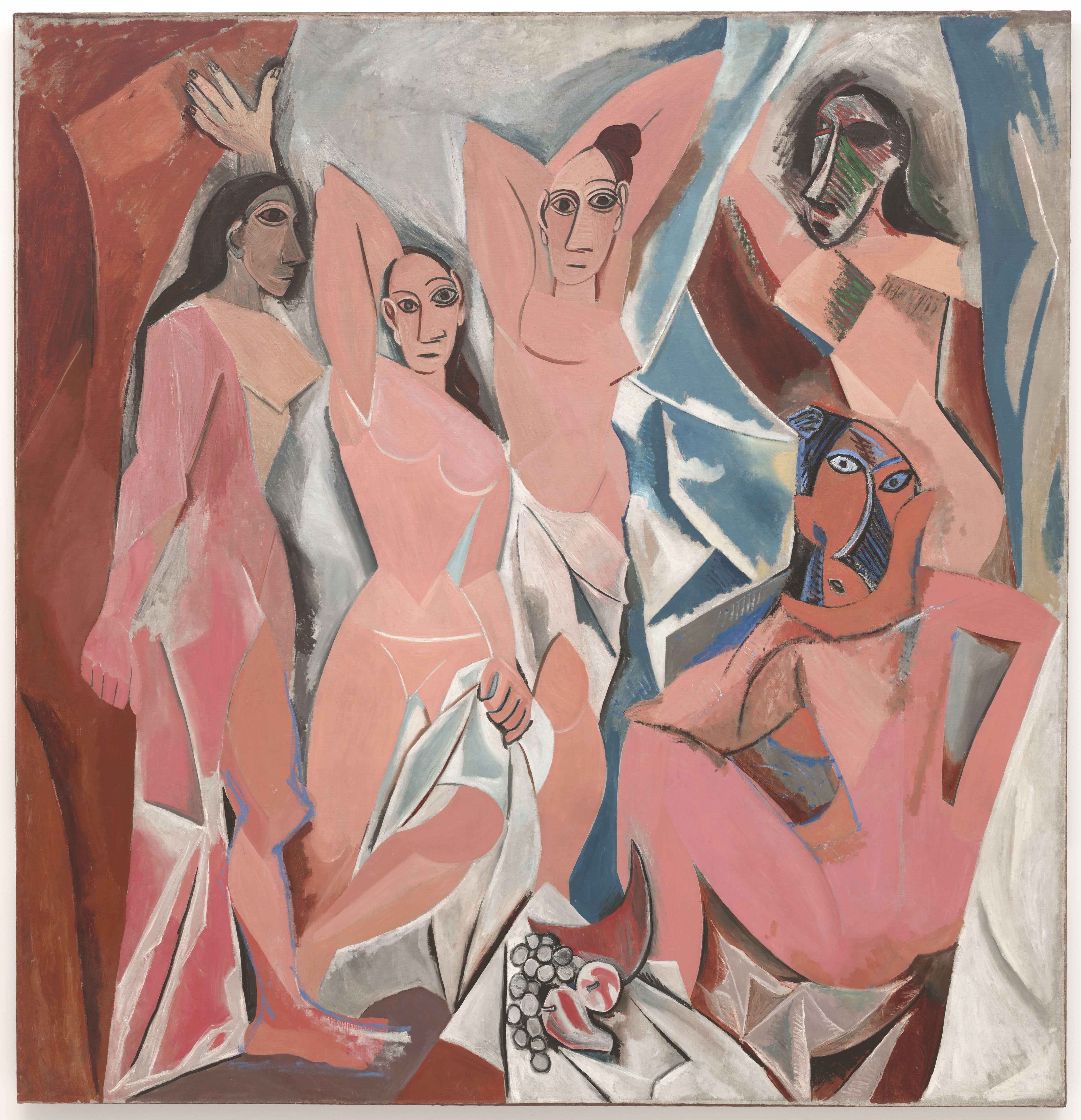
- Les Demoiselles d’Avignon: This groundbreaking work marks the beginning of Cubism, featuring five women depicted in a fragmented and abstract manner. The painting challenged traditional notions of perspective and representation, paving the way for a new direction in modern art.
- Guernica: Picasso’s Guernica is a powerful anti-war statement, depicting the horrors of the bombing of the Basque town during the Spanish Civil War. The monochromatic palette and distorted figures convey the chaos and suffering of war, making it one of the most poignant pieces of political art in history.
Picasso’s ability to push boundaries and explore new artistic territories has solidified his place as a pivotal figure in the evolution of modern art.
Georgia O’Keeffe: The Mother of American Modernism
Georgia O’Keeffe (1887–1986) was a pioneering figure in American art, known for her distinctive paintings of flowers, skyscrapers, and New Mexico landscapes. Her work is celebrated for its exploration of color, shape, and form.
Key Works and Impact
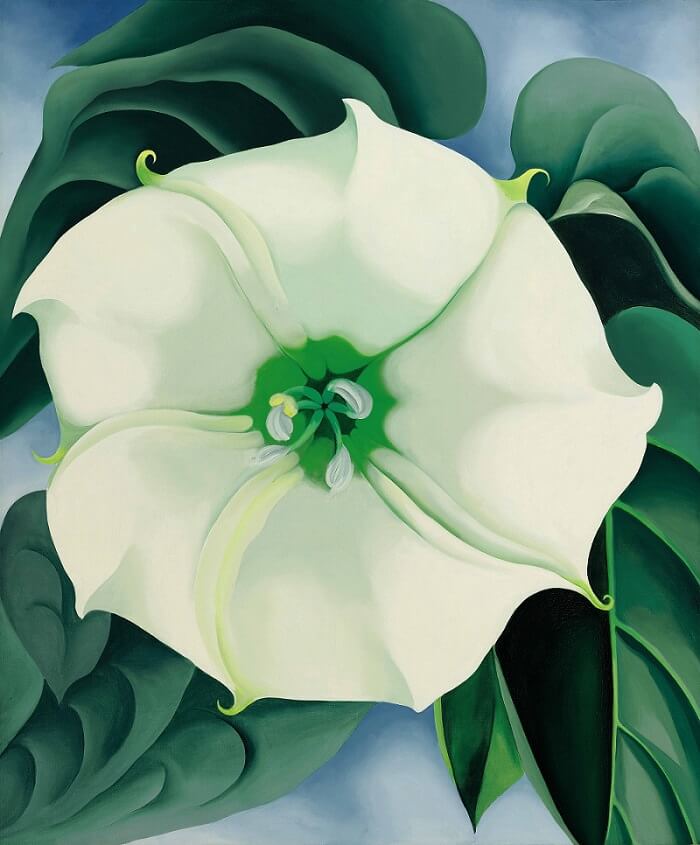
- Jimson Weed/White Flower No. 1: This painting exemplifies O’Keeffe’s iconic large-scale flower studies, which are often seen as metaphors for femininity and sexuality. The close-up view transforms the flower into an abstract form, blending realism with modernist principles.
- Sky Above Clouds IV: Inspired by her experience of flying, this series of paintings depicts the sky from above the clouds, symbolizing freedom and the expansive possibilities of life. The large canvas size enhances the sense of vastness and abstraction.
O’Keeffe’s work broke new ground in American art, making her one of the key figures in the development of Modernism in the United States.
Frida Kahlo: The Icon of Mexican Art
Frida Kahlo (1907–1954) is one of the most iconic figures in art history, known for her deeply personal and symbolic self-portraits that explore themes of identity, pain, and culture.
Key Works and Impact
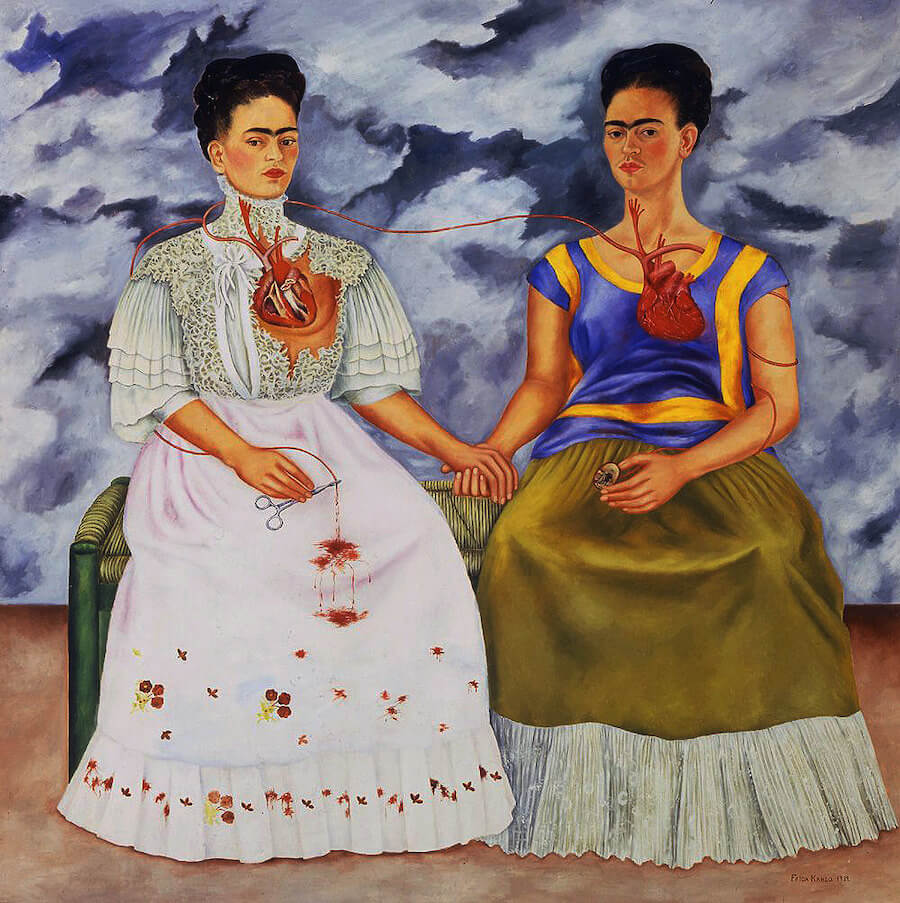
- The Two Fridas: This double self-portrait explores Kahlo’s dual heritage and the emotional turmoil she experienced in her life. The painting is rich with symbolism, including the exposed hearts and the blood vessel connecting the two figures, representing her physical and emotional suffering.
- Self-Portrait with Thorn Necklace and Hummingbird: In this work, Kahlo depicts herself with a thorn necklace digging into her skin, symbolizing pain and martyrdom. The hummingbird, traditionally a symbol of good luck, hangs lifeless around her neck, contrasting with the surrounding lush foliage and the menacing black cat and monkey.
Kahlo’s work is celebrated for its raw honesty and powerful exploration of personal and cultural identity, making her a key figure in 20th-century art.
Conclusion for Profiles of Art History
These profiles of key figures in art history highlight the individuals who have made significant contributions to the world of art, each leaving a lasting impact through their innovative techniques, unique perspectives, and influential works. By understanding their contributions, we gain a deeper appreciation for the evolution of art and the enduring legacy of these artists. Their works continue to inspire and influence artists and art lovers alike, shaping the cultural landscape for generations to come.
